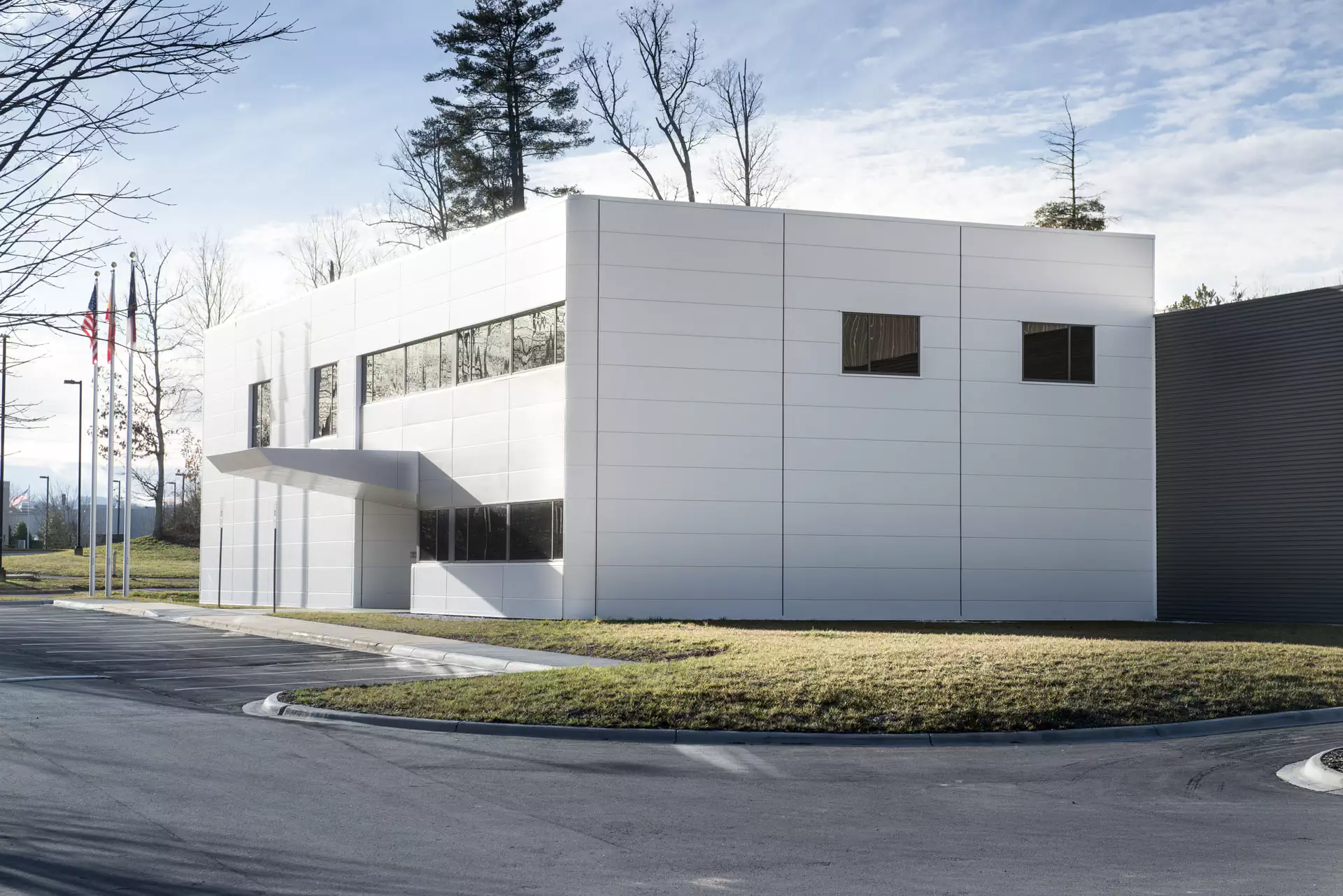The construction environment, especially within the metal building industry, presents constant challenges in delivering high-quality results on budget. Builders face ongoing pressure to meet deadlines, stay within financial limits, and still produce buildings that stand the test of time. That's where value engineering comes in. It's not just a buzzword but a vital approach that helps project teams rethink how to maximize both the cost-effectiveness and performance of a building. By focusing on smarter design choices, material use, and construction methods, value engineering helps ensure the final product hits all the right marks: efficient, functional, and cost-effective.
What is Value Engineering?
At its core, value engineering is a systematic process designed to improve the value of a project by balancing cost, quality, and function. In the metal building industry, this means taking a close look at every component of the building: design, materials, construction methods, and finding opportunities to cut unnecessary costs without sacrificing the quality or structural integrity of the building.The key point of value engineering is that it's not about just cutting corners to save money. It's about being strategic and innovative - finding smarter, more efficient ways to achieve the desired outcome. Whether it's implementing an optimized structural design, selecting efficient materials, incorporating strategic insulation, or enhancing energy efficiency, value engineering ensures the best value for the investment.
Key Value Engineering Solutions for Metal Building Projects
In the metal building industry, value engineering can have a profound impact on the cost, timeline, and overall success of a project. Here's how it typically translates into practice:
1. Optimized Structural Design
Value engineering starts with the building's framework. By optimizing the spacing and sizing of structural members, engineers can reduce material usage while maintaining structural integrity. This might include:
- Calculating the precise strength requirements and eliminating over-engineering
- Optimizing column spacing to reduce the number of required supports
- Using tapered columns that provide strength where needed without excess material
- Implementing clear-span framing only where functionally necessary
- Right-sizing purlins and girts based on actual load requirements
2. Efficient Material Usage
Smart material selection and utilization form a cornerstone of value engineering in metal building construction:
- Using high-strength steel that allows for lighter gauge materials while maintaining performance
- Precise material calculations to minimize waste during fabrication and construction
- Exploring alternative cladding options that offer comparable performance at lower costs
- Utilizing secondary framing systems that reduce overall material requirements
- Considering hybrid structural systems that combine steel with other materials where appropriate
By making strategic material choices, projects can achieve substantial upfront savings while potentially improving building performance and durability.
3. Strategic Insulation Placement
Insulation represents a critical component of value engineering that impacts both construction and long-term operational costs:
- Targeted placement of insulation materials to maximize thermal efficiency
- Using reflective roof systems to reduce heat gain and cooling requirements
- Implementing cavity insulation techniques that create thermal breaks in the building envelope
- Strategic use of higher R-value insulation in critical areas rather than uniform application
- Utilizing thermal mass principles to enhance passive temperature regulation
Well-engineered insulation strategies not only reduce upfront material costs but deliver significant long-term energy savings throughout the building's lifecycle.
4. Energy Efficiency Integration
Value engineering extends beyond construction to encompass operational efficiency:
- Incorporating natural lighting designs that reduce electrical requirements
- Selecting energy-efficient HVAC systems right-sized for the building's actual needs
- Installing high-performance windows and doors in strategic locations
- Using cool-roof technology to reduce cooling loads
- Designing ventilation systems that minimize mechanical heating and cooling requirements
These energy-efficient elements may represent a slightly higher initial investment but deliver substantial ongoing cost savings that compound over the building's lifetime.
5. Modular Design Approach
Incorporating pre-engineered modular components brings additional value:
- Utilizing standardized building sections that can be efficiently manufactured
- Implementing repeatable design elements that reduce engineering and fabrication costs
- Designing for rapid on-site assembly to minimize labor costs
- Creating flexible interior spaces that can adapt to changing needs without structural modifications
- Planning for future expansion with modular components that simplify additions
The Value Beyond Cost Savings
While value engineering is often associated with cost savings, its real value lies in optimizing the overall performance and functionality of a project. Here's why it's so important in the metal building industry:
- Improved Project Outcomes: Value engineering ensures that every decision made during the project is well thought out and contributes to a higher-performing building. This leads to better long-term value for the owner and a more successful project overall.
- Risk Reduction: By carefully assessing all aspects of the project, value engineering helps identify potential risks early in the process. Whether it's a design flaw or an issue with material availability, addressing these concerns upfront can save time, money, and stress down the line.
- Stronger Collaboration: The value engineering process typically involves a team of architects, engineers, contractors, and suppliers working together to find the most efficient solutions. This collaborative approach often leads to better communication and innovative ideas that improve the project's overall success.
- Sustainability and Efficiency: In today's construction climate, sustainability is a key consideration. Value engineering plays a crucial role in ensuring that metal building projects not only meet the needs of the present but are also future-proofed by incorporating energy-efficient designs, long-lasting materials, and minimal waste.
Moving Forward with Value Engineering
Value engineering in the metal building industry offers a thoughtful approach that balances efficiency, functionality, and cost-effectiveness. Through optimized structural design, efficient material usage, strategic insulation placement, energy efficiency integration, and modular design approaches, construction professionals can create buildings that meet client needs while respecting budget constraints.
For builders, contractors, and building owners alike, exploring value engineering principles may provide helpful insights and methods to enhance project outcomes while managing resources wisely in an evolving construction landscape.
Ready to Explore Your Options?
If you're looking to optimize your next metal building project - whether due to budget, timeline, or changing scope - we’re here to help. Let’s talk about how value engineering can keep your project on track, on budget, and built to last.



